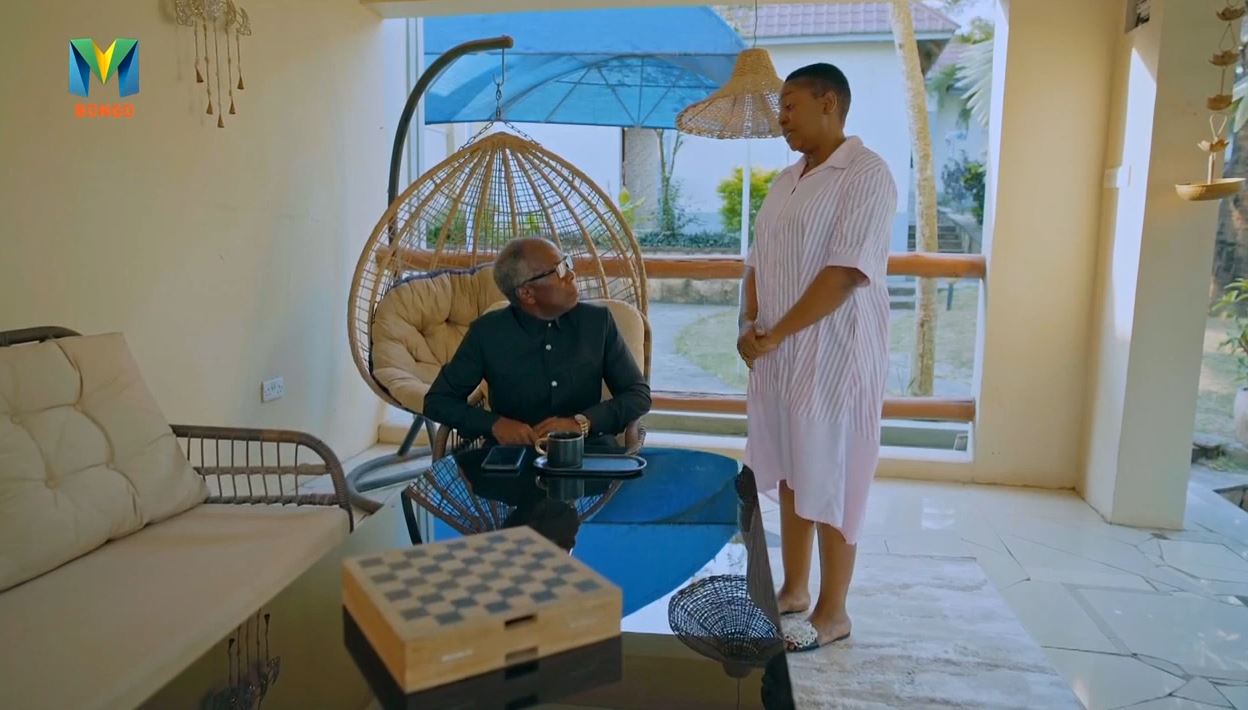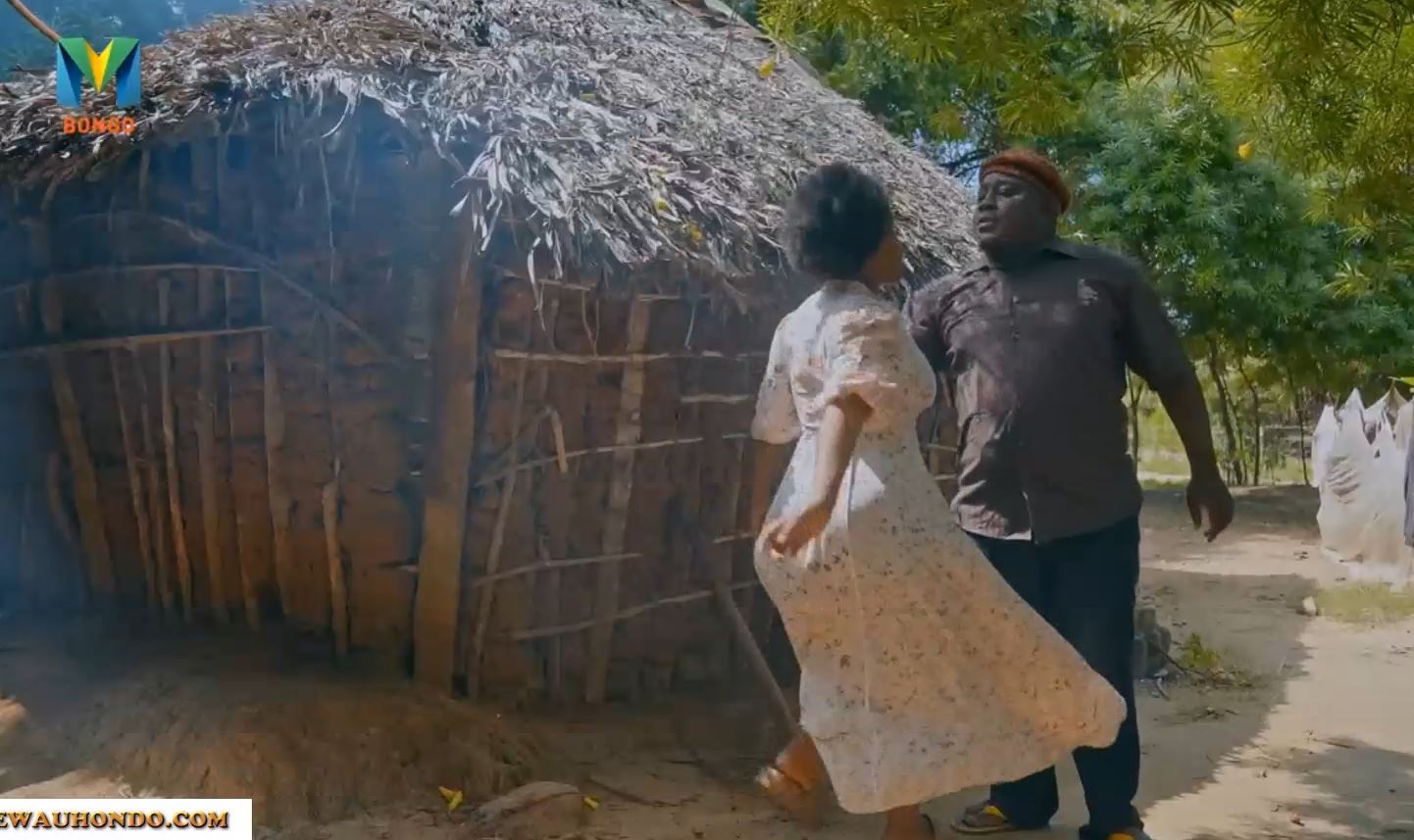Why the Fujifilm X-A7 is Great for Vloggers and Content Creators
The Fujifilm X-A7, launched in 2019, remains a solid choice for vloggers and content creators in 2025, particularly for those seeking an affordable, compact mirrorless camera with strong video capabilities. Despite being discontinued, its lightweight design, vibrant image quality, and vlogging-friendly features make it a favorite in the used market for budget-conscious creators transitioning from smartphones. This article explores its selling points, ideal users, drawbacks, competitors, and pricing in Kenyan shillings.
Key Selling Points
The Fujifilm X-A7 is tailored for content creators, combining ease of use with Fujifilm’s signature image quality and vlogging-specific enhancements.
- Vlogging-Optimized Design: The X-A7 features a 3.5-inch fully articulating touchscreen LCD that flips out 180 degrees, perfect for self-filming vlogs or selfies. At just 320g (body only), it’s one of Fujifilm’s lightest X-series cameras, ideal for handheld shooting or travel content.
- Improved Video Capabilities: It records 4K UHD video at 30fps, a significant upgrade from the X-A5’s 15fps 4K limitation, delivering smooth, high-quality footage. Full HD at 60fps supports dynamic vlogs, and features like countdown mode and 4K in-camera timelapse assembly simplify content creation.
- Stunning Image Quality: The 24.2MP APS-C CMOS sensor produces sharp, colorful images with Fujifilm’s renowned film simulations (e.g., Velvia, Classic Chrome), allowing creators to achieve cinematic looks without extensive post-processing. The sensor’s copper wiring enhances data readout speed for better performance.
- Enhanced Autofocus: With 425 autofocus points and improved face/eye detection, it tracks subjects reliably, crucial for solo vloggers or product reviews. The touchscreen allows tap-to-focus for intuitive operation.
- Connectivity and Audio: Built-in Wi-Fi and Bluetooth enable seamless transfers to smartphones for quick social media uploads. A 2.5mm microphone input (with adapter for 3.5mm mics) improves audio quality, essential for professional vlogs.
These features make the X-A7 a user-friendly, portable option for creators prioritizing video and style.
Who It’s Best For
The Fujifilm X-A7 is ideal for beginners and intermediate creators who want a lightweight, stylish camera with strong video features. It’s best suited for:
- Aspiring Vloggers and YouTubers: The flip-out screen, mic input, and 4K video make it perfect for lifestyle, beauty, or travel vlogs.
- Social Media Influencers: Its compact size and film simulations are great for Instagram or TikTok content, offering vibrant photos and videos for quick posting.
- Budget-Conscious Hybrid Creators: Those mixing stills and video for blogs or small businesses will appreciate its image quality and simplicity.
If you’re new to mirrorless cameras or in Fujifilm’s X-mount ecosystem, the X-A7 offers an accessible entry point.
Drawbacks to Consider
While the X-A7 excels for its price, it has limitations that may deter advanced users or those needing modern features.
- No In-Body Stabilization (IBIS): Lacking IBIS, it relies on lens-based stabilization or digital methods, which may result in shaky footage during handheld vlogging without a gimbal.
- No Electronic Viewfinder (EVF): The absence of an EVF can frustrate photographers who prefer precise framing in bright conditions, though the LCD suits vloggers.
- Discontinued Model: As a discontinued camera, new units are scarce, and prices in the used market can vary widely due to demand.
- Battery Life: Rated for about 270 shots or 40-50 minutes of video, it requires spares for extended shoots.
- 2.5mm Mic Port: The non-standard mic input requires an adapter, adding cost and inconvenience for external audio setups.
These drawbacks make it less suitable for professional productions or users needing robust stabilization.
Competitors
The entry-level mirrorless and compact camera market offers several alternatives for vloggers. Here’s a comparison:
| Camera Model | Key Strengths | Key Weaknesses | Approx. Price in KES (Body/Kit) |
|---|---|---|---|
| Sony ZV-1 | 4K video, mic input, vlogging modes | No EVF, shorter zoom | 80,000 – 100,000 |
| Canon EOS M50 Mark II | Flip-out screen, reliable AF, 4K (cropped) | Discontinued lens system | 70,000 – 100,000 |
| Fujifilm X-M5 | 6K video, vlog mode, modern design | No IBIS, no EVF | 100,000 – 120,000 |
| Nikon Z30 | Uncropped 4K, flip-out screen | No EVF, limited lenses | 90,000 – 120,000 |
The Sony ZV-1 offers superior vlogging features, while the Fujifilm X-M5, its successor, provides 6K video at a higher price.
Pricing in Kenyan Shillings
As of August 2025, the Fujifilm X-A7 is discontinued, so prices reflect the used or refurbished market. Based on global used prices (converted at ~129 KES/USD) and local availability:
- Used body only: Approximately KSh 50,000 – 70,000.
- Used with XC 15-45mm lens: KSh 60,000 – 80,000.
Check platforms like Jiji, Jumia, or Cameras Africa for deals, as import duties may add 10-20%. Prices can fluctuate due to demand from its cult following.
Conclusion
The Fujifilm X-A7 remains a fantastic option for vloggers and content creators in 2025, offering a lightweight, stylish body with 4K video, a flip-out screen, and vibrant film simulations. While it lacks IBIS and an EVF, its affordability and ease of use make it a great entry-level mirrorless camera. For beginners or influencers seeking quality content on a budget, the X-A7 delivers—pair it with a good lens and external mic for optimal results.
JUA KALI MAISHA MAGIC BONGO SEASON 10 EPISODE 90 YA IJUMAA LEO USIKU 29TH AUGUST 2025 FULL EPISODE










You must be logged in to post a comment.